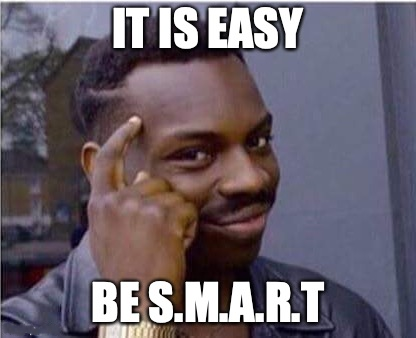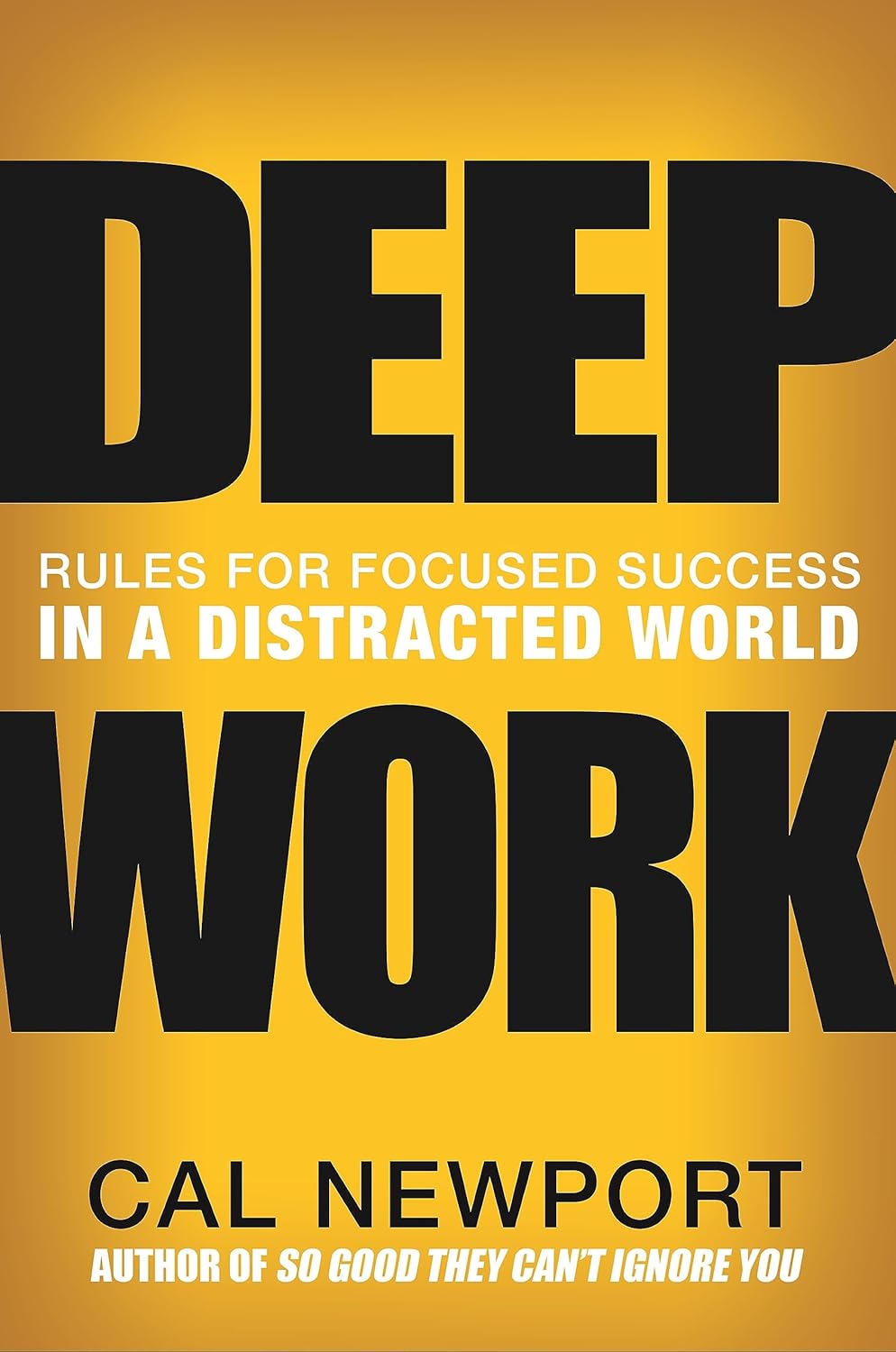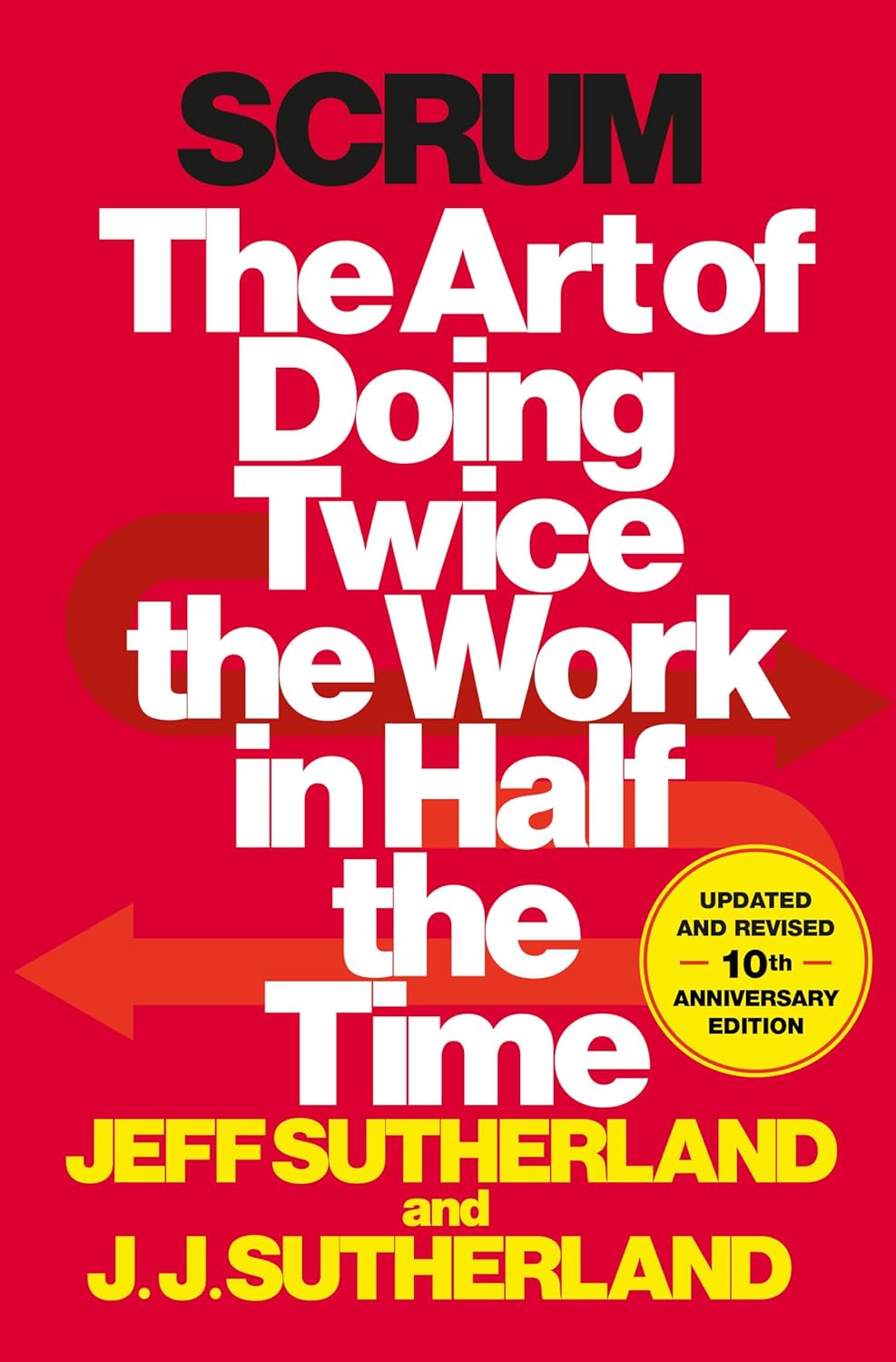In the frantic pace of modern work life, we often believe in the myth of continuous productivity: the longer you sit at your computer, the more you accomplish. But science says otherwise! Our brains and bodies aren't designed for marathons without rest. This is where
A practical guide to smarter task management
What separates successful project managers from those constantly battling deadlines? It’s not talent or luck — the real secret lies in mastering the art of working with subtasks. Subtasks aren’t just a way to organize work; they’re a powerful productivity catalyst. Let’s explore why they matter more than you think.
Key takeaways
A well-defined subtask is a self-contained unit of work, typically taking 2–8 hours and producing a clear outcome
Three-dimensional decomposition means breaking tasks down by time, function, and resources simultaneously
Dependency management helps you visualize how tasks connect — and spot potential bottlenecks
Introduction
Many people treat subtasks as nothing more than chopping a big task into smaller pieces. That’s a fundamental misunderstanding. A properly crafted subtask is a standalone unit of work with a clear outcome that can be completed independently of other elements.
A strong subtask meets three essential criteria:
- A clear input (what’s needed to start),
- A defined process (how to execute it),
- A measurable result (what success looks like).
If any of these elements are vague or missing, you’re not dealing with a true subtask — you’re setting yourself up for trouble.
The true power of subtasks lies in turning abstract goals into concrete actions. Instead of saying “improve customer service,” you create an actionable plan:
- “Analyze current satisfaction metrics,”
- “Interview 10 customers,”
- “Design a new complaint-handling protocol.”
Use the “one-breath rule”: if you can’t explain a subtask to a teammate in 30 seconds in a way that lets them start right away, it needs further breakdown.
Psychological benefits
Teams that make smart use of subtasks tend to be more motivated and experience less burnout — and that’s not a coincidence.
- First, completing subtasks creates a steady stream of small wins, which boost morale. Watching your progress bar fill up slowly but surely triggers the release of dopamine, the brain’s “feel-good” chemical. It’s a natural motivation system we can harness to our advantage.
- Second, subtasks reduce cognitive load. Instead of trying to juggle the entire project in your head, you’re focusing on one manageable piece at a time. That’s crucial in today’s world of information overload, where attention is constantly pulled in different directions.
Lastly, be sure to vary the types of subtasks. Mix creative and routine work, switch between individual and collaborative tasks, and balance research with execution. Even the best systems fail when monotony sets in — variety fuels motivation.

Practical techniques
Creating high-quality subtasks is a skill — and like any skill, it takes practice. A good starting point is to apply a version of the SMART framework, tailored specifically for subtasks:
- Specific – Every subtask should answer, “What exactly needs to be done?”. Instead of “work on the presentation,” write: “Create 5 slides with competitor analysis.”
- Measurable – Set clear criteria for completion. “Write some text” is vague. “Write a 500-word introduction for the report” is actionable.
- Achievable – Make sure the task can be completed in a single work session — typically 30 minutes to 2 hours.
- Relevant – Each subtask should make a clear contribution to the overall goal.
- Time-bound – Assign realistic deadlines to keep momentum and prevent drift.
A strategic approach
There are several tried-and-true methods for breaking down complex tasks into manageable subtasks:
- Functional decomposition – Analyze the core functions your system or project needs to perform, and turn each into a standalone subtask.
- Time-based decomposition – Split your project into phases (e.g., research, planning, implementation, testing, launch), with each phase containing its own set of subtasks.
- Resource-based decomposition – Organize tasks by the type of resource required: what the designer handles, what the developer does, what the marketer is responsible for. This is especially useful for cross-functional teams.
These approaches aren’t mutually exclusive — in fact, the best systems combine all three. Start with time-based phases, then break those down functionally, and finally group by resource. You’ll end up with a kind of three-dimensional task matrix that gives you full control over the project landscape.
Tools of the trade
Choosing the right task management tool is critical. Too simple, and it won’t scale; too complex, and you’ll spend more time managing the tool than doing the work.
- Look for these essential features:
- Multi-level hierarchies
- Task dependencies
- Timeline and scheduling
- Progress tracking
- Integration with your other work tools
You’ll find all of that — and more — in Taskee!
Common pitfalls
When it comes to mistakes in task management, the same few issues tend to come up again and again:
- Over-detailing – This is the most common mistake. Don’t break down a task like “send an email” into subtasks like “open email client,” “click compose,” “enter recipient address.” That turns a helpful system into bureaucracy.
- Lack of context – Subtasks that exist in isolation, without a clear connection to the bigger picture, lose their value. Always keep in mind how each subtask contributes to the main goal.
- Ignoring dependencies – Some subtasks can’t be started until others are complete. Failing to account for these links during planning leads to bottlenecks and delays.
- Static planning – Your subtasks should be a living tool, not a fixed list carved in stone. Don’t hesitate to adjust them as new information becomes available.
- Perfectionism in planning – Some people spend more time designing the “perfect” subtask structure than actually getting work done. Progress beats perfection.
- Ignoring the human factor – People aren’t machines. They get tired, sick, or take time off. Good planning includes realistic buffers for these inevitable disruptions.
- Inflexibility – If your task plan becomes a sacred cow that can’t be changed, your system turns into red tape. Remember: the plan is a tool, not the goal.
Dependency management
This is where subtask management becomes a true art form. Rarely do subtasks live in isolation — they usually form a complex web of dependencies. Some can be tackled in parallel, while others must follow a strict order.
I always start by creating a dependency map before diving into execution. It can be a quick sketch on paper or a detailed diagram using specialized software. The point is to visualize the relationships between tasks and identify the critical path of the project.
Special attention goes to identifying bottlenecks — those crucial subtasks that block progress elsewhere. These get top priority and often extra resources to ensure they don’t hold things up.
One helpful strategy is to build buffer tasks. If a high-priority subtask depends on something external (say, client feedback), I always prepare alternative tasks the team can switch to in case of delays. This keeps momentum going and reduces idle time.
Integrating subtasks
To make subtasks a natural part of your daily work routine, start small and introduce them gradually.
Begin with one large project and break it down thoroughly. Track how this approach impacts your productivity and stress levels. You’ll likely notice clearer focus and smoother execution.
Establish a daily planning ritual where you select 2–3 subtasks to complete that day. This habit helps maintain focus and prevents that overwhelming feeling of chaos.
And don’t forget to celebrate small wins. Each time you complete a subtask, take a brief moment to acknowledge your progress. It might seem minor, but these small mental “checkpoints” are powerful for building sustainable motivation.
Interesting fact 
Back in 1911, Frederick Taylor published his groundbreaking work on Scientific Management, where he systematically described the process of breaking down work into smaller tasks and optimizing their execution. This is considered one of the foundational principles of modern task and project management.
Related articles:
Want to catch mistakes before they happen? Read about Identifying and addressing workflow bottlenecks.
Curious how music affects focus? Explore The impact of music on productivity: Insights from science.
Need better project visibility? Learn What is a gantt chart? A guide to visualizing and managing project timelines.
Conclusion
Mastering subtasks is something you build over time. Start small, experiment with different methods, and find what works best for you. The key is not to fear adjusting your approach as you gain more experience.
Integrating subtasks into your workflow will take some effort — but it’s worth it. You’ll gain greater control over your projects, experience less stress, and most importantly, you’ll start hitting your goals more consistently.
Recommended reading 

"Getting Things Done: The Art of Stress-Free Productivity"
A practical system for organizing tasks and projects to increase productivity and reduce stress.
On Amazon
"Deep Work: Rules for Focused Success in a Distracted World"
Strategies to master focused work by minimizing distractions and structuring tasks effectively.
On Amazon
"Scrum: The Art of Doing Twice the Work in Half the Time"
An introduction to Scrum methodology, emphasizing breaking projects into manageable tasks to improve team productivity.
On Amazon






